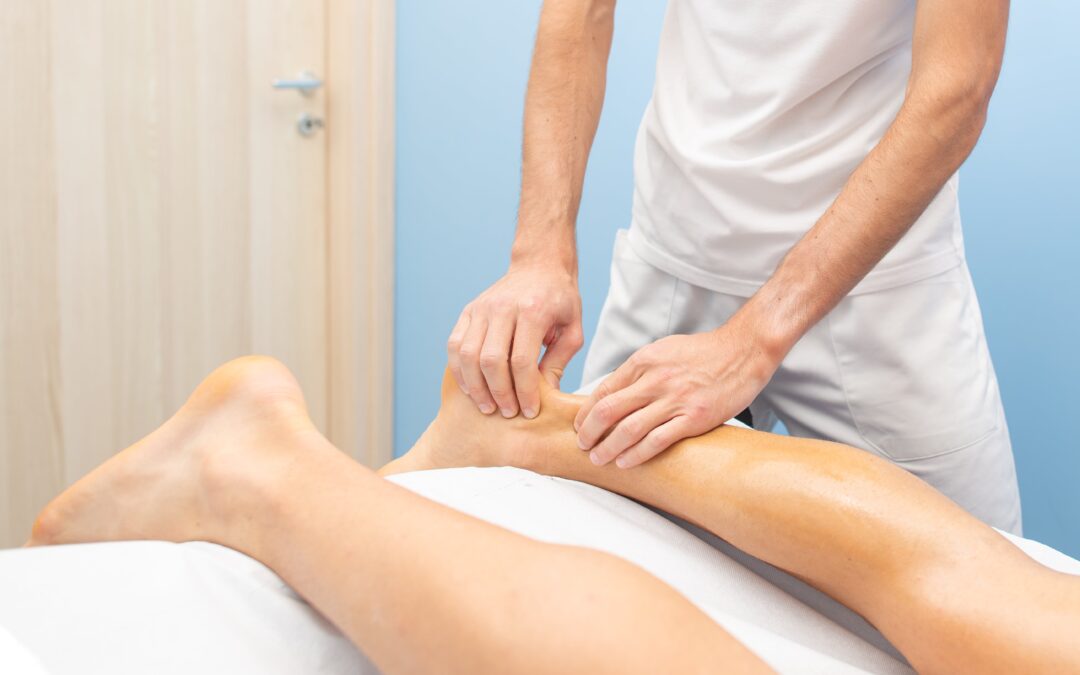“No knowledge can be more satisfactory to a man than that of his own frame, its parts, their functions and actions.” – Thomas Jefferson
The human anatomy is a marvelous and wondrous structure that defies complete understanding by those who inhabit it, despite several millennia of study.
And even an appendage as humble and seemingly simple as the human foot is an extraordinarily complex and intricate combination of bones, tendons, muscles, nerves, and blood vessels. We can describe it and we can assess it and analyze it, but it’s intricate mechanics are still difficult for us to comprehend.
The Encyclopaedia Britannica, for example, provides us with this somewhat academic definition of the foot:
“In anatomy, terminal part of the leg of a land vertebrate, on which the creature stands. In most two-footed and many four-footed animals, the foot consists of all structures below the ankle joint: heel, arch, digits, and contained bones such as tarsals, metatarsals, and phalanges; in mammals that walk on their toes… it includes the terminal parts of one or more digits.”
The entry goes on to point out that the major function of the foot in land vertebrates is locomotion, and that the foot posture of humans is known as plantigrade, which means the surface of the whole foot touches the ground during locomotion, or walking.
And an entry from BiologyDictionary.net reminds us that,
“Because they are so complicated, human feet can be especially prone to injury. Strains, sprains, tendonitis, torn ligaments, broken bones, fallen arches, bunions, corns, and plantar warts can all occur.”
The Major Bones, Muscles and Tendons of the Foot
The foot contains 26 bones, 33 joints, and over 100 tendons, muscles, and ligaments. All of these work together to allow our feet to balance our body’s weight on two legs. This requires strong but subtle muscle movement to keep our feet standing firm even as we move our body’s weight around at different positions and angles.
Of the more than two dozen bones in the human foot, the major ones include:
- The phalanges, which are the bones in your toes
- The metatarsals, which run through the flat part of your foot
- The cuneiform bones, the navicularis, and the cuboid
- The calcaneus, which is the bone in your heel
- The talus, which is the bone in your ankle
- The talus connects to the tibia, which is the main bone in your lower leg
Ligaments are bands of extraordinarily strong, flexible tissue that connect bones together while tendons are responsible for joining the muscles to the skeletal system. On the other hand, ligaments are responsible terms of joining two bones together. Tendons are normally stiff and quite inelastic, while ligaments are known to be very elastic and flexible.
Major ligaments and tendons in the foot include the plantar fascia, the ligament that connects the heel bone to the toes, and the Achilles tendon, the band of tissue that connects calf muscles at the back of the lower leg to the heel bone.
The muscles of the human foot, of which there are dozens, are generally separated by four major groupings:
- The central muscles of the sole
- The lateral muscles of the sole
- The medial muscles of the sole
- The muscles of the dorsum (top)
Because of the vast complexity of the anatomy of the foot, with its dozens of intricate bones, its network of interlaced tendons and ligaments, and layers of muscles, it is prone to a variety of foot injuries and ailments.
Common Foot Muscle and Tendon Pain Issues
Key tendon structures such as Achilles tendon and the flexor foot tendons can become strained or injured and lead to tendonitis and “flat feet” or collapsed arch.
Another common and painful ailment of the foot is plantar fasciitis, which occurs when the plantar fascia, the ligament that connects the heel bone to the toes at the bottom of the foot, a stabbing or dull pain in the heel or arch of the foot and is often characterized by its gradual lessening of pain throughout the day.
The muscles of the foot rarely cause problems for most people unless they are somehow injured or possible strained.
Some of the most common causes of foot pain issues are:
- Heel bone spurs
- Bunions and corns
- Morton’s neuroma
- Plantar fasciitis
- Diabetic neuropathy
- Metatarsalgia
- Hammer toes
- Achilles tendonitis
- Bone fractures and soft tissue sprains
Foot Pain Relief and Pain and Performance Solutions
At your first appointment, we will learn about your present pain as well as any history of discomfort. This is because treating and relieving your foot pain starts when we understand where and how your pain started.
Because our bodies will compensate for pain to allow us to function during our day, the pain can shift around and lead to other forms of pain. A full examination helps us determine which form of treatment technique and therapy will be best suited to get you on your road to recovery.
Having a body that is both healthy and working properly is the only way to achieve total recovery. And in the process of bringing this about, your trust in us is essential, as is your honesty. So, don’t hesitate to reach out. We are here to help and will answer any questions that you may have.
Our goal is to work through the sequence of pain and dysfunction you’re experiencing so we can help you get your body healthy and functioning properly. And, of course, to help you achieve total recovery.
So, don’t hesitate to reach out. We are here to help and will answer any questions that you may have.
You can reach us at (707) 636-4404 or by filling out our online contact form
